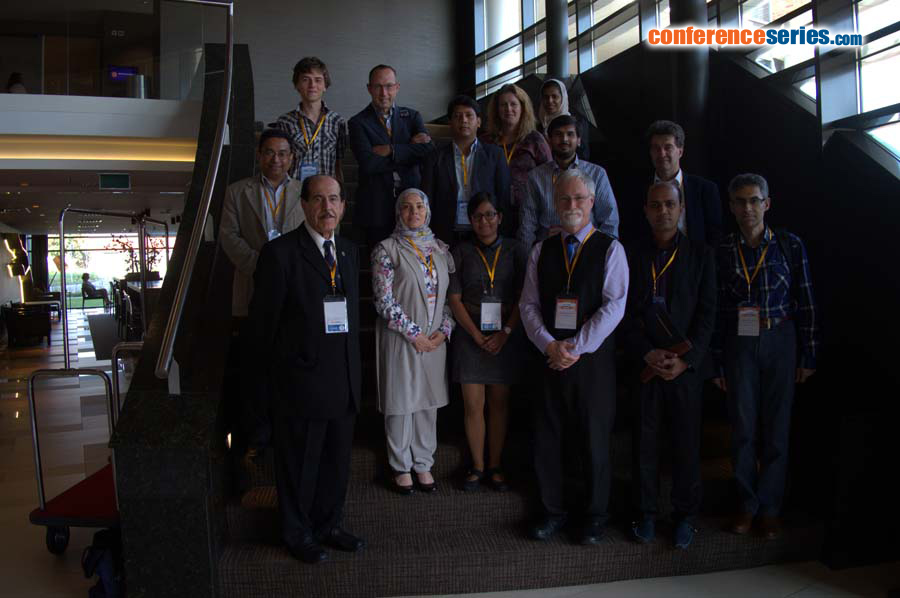Masoud Edalati
Isfahan University of Medical Sciences, Iran
Title: Common food allergens among children in Isfahan, Iran
Biography
Biography: Masoud Edalati
Abstract
Introduction: Food allergy is characterized by an adverse immunologic response to a dietary protein. Food-related reactions are associated with a wide spectrum of signs and symptoms that may involve many organs and systems such as skin, gastrointestinal, respiratory tract and cardiovascular system. IgE-mediated food allergies are more common among infants and young children than adults. The prevalence in children under the age of 3 is in the range of 5-8%. Identification of the common food allergens in each population can provide effective preventive and curative clues.
Objectives: The aim of this study was to determine the most common food allergens in children of Isfahan province, Iran.
Materials & Methods: Eighty six children with age in the range of 2 months to 13 years old with skin, respiratory or gastrointestinal symptoms, thought to be due to food allergy, were referred to Milad Diagnostic Laboratory (Isfahan, Iran) by pediatricians. Total serum IgE and serum-specific immunoglobulin E (IgE) were measured using immunoCAP FEIA-IgE (Phadia) method based on physicians’ requests. All parents were given written consent.
Results: Of eighty six children those checked for food allergy, 46 (53.48%) showed allergy to specific foods. The most frequent food allergen in all patients with decreasing prevalence were wheat (19.34%), cow’s milk (16.96%), egg white (11.4%), nuts mix 1 (including: Peanut, Hazelnut, Brazilian nutmeg, Almonds and Coconut) (9.02%), tomato (6.88%), soybean (6.14%), beef (5.64%), sea food mix (5.34%), nuts mix 2 (including: American Walnut, Almond Hindi, Pistachios, Walnut) (4.45%), barely (3.76%), chicken (2.38%), egg yolk (1.58%), sheep milk (1.58%), goat milk (1.58%), cheese (1.58%), curry (Sanata Maria) (0.79%), corn (0.79%), sesame seed (0.79%).




